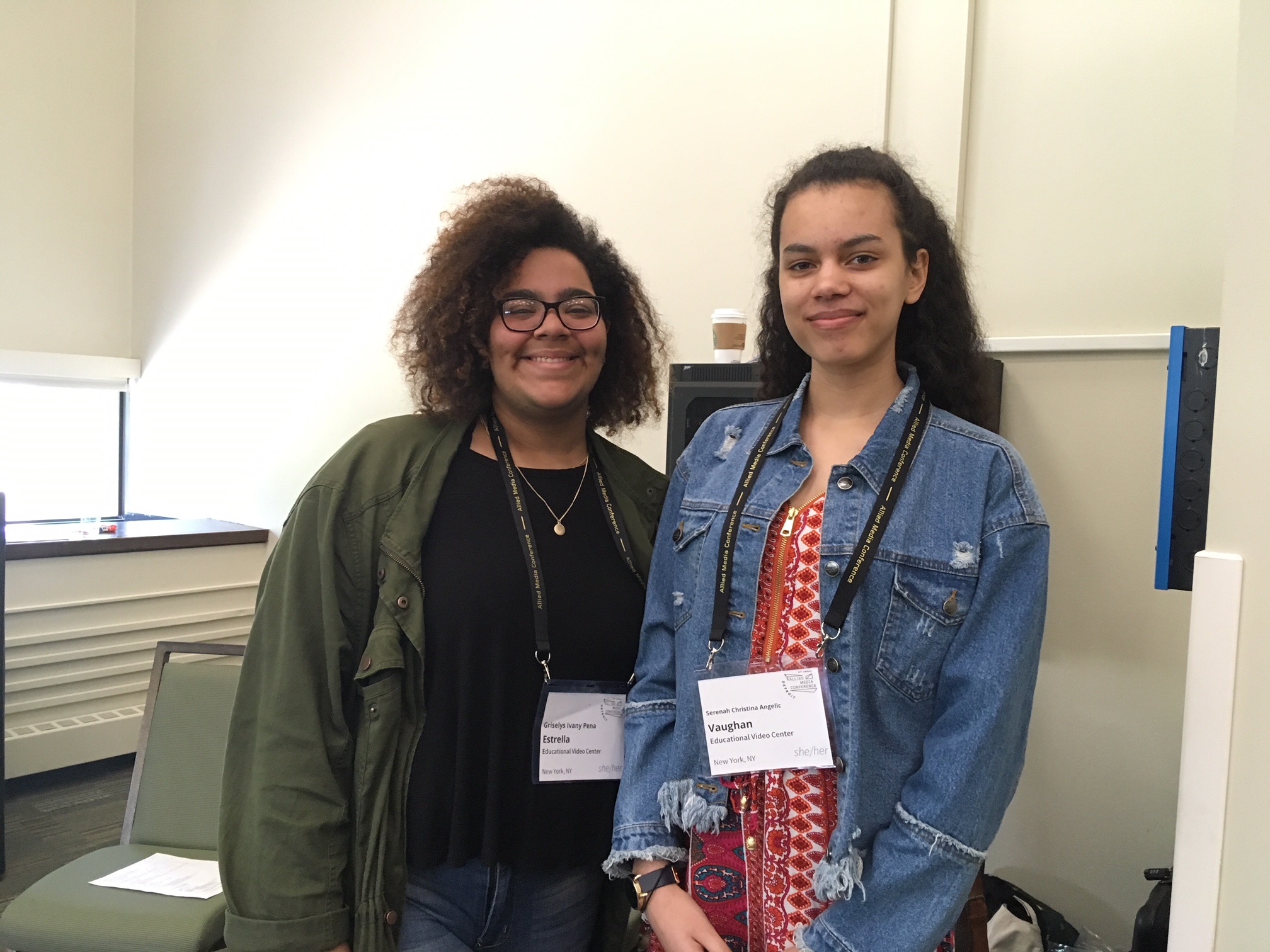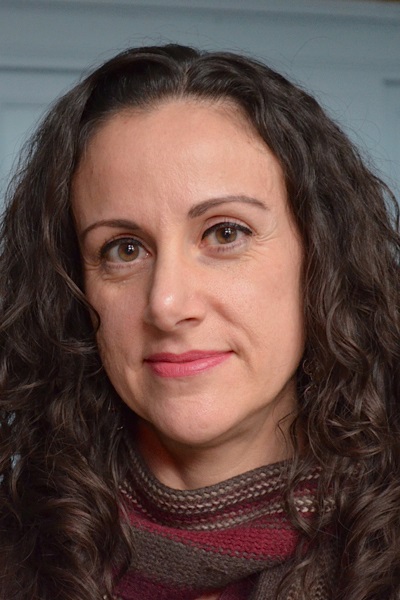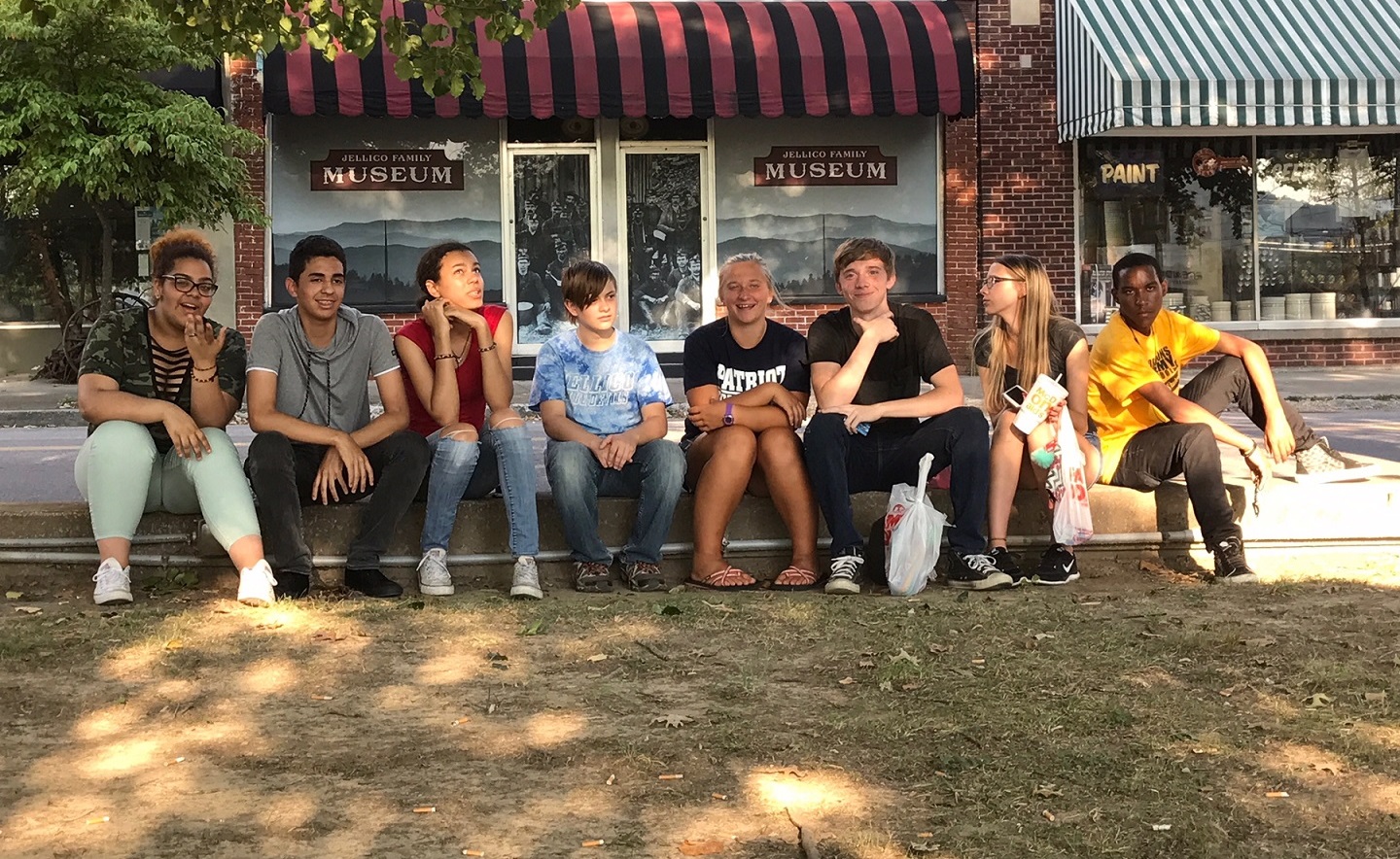When James Hatfield, 17, left Campbell County, Tenn., to travel to the Bronx, New York, six months ago, he was nervous.
“I saw myself getting shanked in an alley,” he said. He was heading to the city for the first time to work on a joint video project with other teenagers.
Griselys Pena, who was born in Puerto Rico but now lives in the Bronx, had some concerns too when she traveled down to Hatfield’s area of Appalachia last summer.
“Maybe we would not ‘get’ each other,” she thought. Maybe the two groups of teenagers would have to work separately.
But the video project led by the New-York based Educational Video Center not only connected teenagers across geography and culture, but allowed them to create a documentary with wide-reaching impact.
As the students worked together, they quickly found common ground, their views widened and they did original research.
They also became friends.
“We thought [the New York students] were going to think we were rednecks,” said Peyton Berry-Muse from Stinking Creek, Tenn. “Turns out we had more in common than people think.”
Return to Appalachia
The nonprofit Educational Video Center was founded in 1984 by journalist Steve Goodman, who gave kids in low-income communities video cameras and training to go out in their community, ask hard questions and then present the world they saw it. For three summers in the 1980s, New York teens moved down to coal country in East Tennessee and made documentaries with teenagers there. At that time, they focused on chronic unemployment and poverty.
The Educational Video Center now teaches documentary video making after school, helping young people in New York City develop critical literacy, film-making and other career skills.
Part of the goal is to support teenagers in their idealism and commitment to social change, according to the organization.
Just after the 2016 election, the center decided to revive the 1980s project in Tennessee. The Mozilla Foundation provided funding, said Mary Grueser, director of the professional development program at the Educational Video Center.
The center recruited applicants in New York, then partnered with the Campbell County Family Resource Center to recruit students there.
Last summer, students and staff loaded up a van in New York and traveled to East Tennessee to spend a week. Despite initial misgivings, the students quickly got along.

Stell Simonton
Griselys Pena (left) and Serena Vaughan explained the Educational Video Center project at the Allied Media Conference in Detroit.
“We meet them and two minutes after we were, like, playing games,” Pena said. The teens stayed up all night playing Monopoly.
Their goal in the project was to determine a subject relevant in both communities and make a video about it. An early idea was the digital divide.
Students discovered that more than one-third of households in Harlem and the Bronx lack broadband access, a figure similar to households in rural Tennessee. They produced a short video on the subject.
The impact of a death
But they also listed all the problems they saw in both their communities and one issue jumped out — opioid addiction.
Berry-Muse told the others about a classmate who had been a child of drug users, was placed in foster care and committed suicide.
“Our county is filled with a drug epidemic and we’re all affected by it. Even kids in high school,” she said.
The children of opioid users are often stigmatized as “drug babies,” Grueser said. In a small community, the label can be hard to escape, she said.
But the opioid epidemic “was a common theme in both our communities,” said Serenah Vaughan, a New York student.
“It’s just right in front of you … you can see it on the street,” she said. “There’s a widespread stigma people have about opioid users. We wanted to change that.”
Addiction even impacted the video project. On the first night the students gathered, their video equipment was stolen — sold for drug money, the students said.
Nevertheless, they tackled the subject, doing research, visiting a recovery center and interviewing local law enforcement.
By the end of the week, they had a rough cut of a documentary. They also started a website for the project.
Then they parted ways to continue work in their separate locations. The New Yorkers arranged to visit a Bronx recovery center, an experience that had a big impact, said student Gabriel Martinez. It also underscored the need for the widespread availability of naloxone, a drug that counters opioid overdoses.
Reconvening in New York
In early January the Tennessee students traveled to New York. The combined group did additional filming and the final editing. Their video, titled “HOPE: Helping Open People’s Eyes,” was screened at Hostos Community College.
The project changed the students’ views of addiction.
“You read all about it in the news … you hear all these statistics,” Martinez said. “It’s much different interacting with people … and seeing what they go through. It’s humanizing.”
Vaughan plans to carry naloxone from now on. “I see people differently now,” she said.
“Prior to this project … I had seen [addicts] before, but I didn’t think of them as people with feelings. If they wanted help they would do something about it.”
Back home, the Tennessee students screened the film at Jellico High School. At the screening Hatfield showed kids how to administer naloxone.
The local TV station did a story on the project, and students traveled to other places to screen the film, including the Allied Media Conference in Detroit.
Students make the decisions
The process of video-making used by the Educational Video Center has a big impact, Grueser said.
For one thing, it teaches critical literacy. Students gather information, reading news articles and seeing other media. They hone their research skills and their fact-checking. They also gain an understanding of the social structure in which problems exist, Grueser said.
“They learn about themselves and their place in the larger social issue,” she said.

Educational Video Center
Mary Grueser
Students decide what subjects to pursue. They have the opportunity to investigate something they care about, Grueser said. They interview adults who may be experts on a subject. They gather information and make all their own editing decisions.
It changes their sense of identity, she said.
“They have full decision-making power in the story they want to tell. They feel really invested,” Grueser said.
Students present their work at a culminating event.
“That is a really important aspect of our program,” Grueser said. “That’s usually a really transforming event. Suddenly they’re an expert on the issue.”
In addition, the urban-rural video project brings youth together across what at first sight appears to be a large divide.
As Berry-Muse put it: “We thought [the New York students] were going to think we were like some big hick rednecks lassoing cows up here.”
But all it took was one day, she said, and “we were hanging out and having a good time.”






























